
How to Mount a Scope on a Rifle Easily and Professionally
Over the years, I have seen many ambitious firearms owners attempt simple maintenance and repairs only to make costly mistakes, severely damaging their new firearm or accessory. Likewise, I have also seen overly anxious people who are afraid of maintenance fearing they’ll be one of the statistical numbers that learned about in their firearms safety course.
With a bit of proper guidance, anyone can become a smart and knowledgable home DIY’er. Learning to do it for your self will not only be rewarding, but it may also save you time, as we all know that gunsmiths can be notoriously backlogged, particularly during hunting season
So with that, we have created this guide to provide you with the confidence required to undertake a task that will save you time, money, and give you the satisfaction of knowing that your firearm is perfectly set up for you.
First, to mount your scope to your rifle, you will need a base, if the firearm doesn’t have one already built-in, as well as rings. When choosing rings and a base, it is crucial to ensure that you provide yourself with enough height so that the front objective lens, or bell, is not touching the barrel.
The larger the objective lens on your scope, the higher the ring you will need. Likewise, you don’t want the scope mounted so high (excessive height over bore) that any canting of the rifle will produce exaggerated impact deviance downrange. Generally, you want your scope just high enough to clear the bore and still accept a scope cover. Keep in mind that your individual cheek weld may necessitate something a touch higher.
Once you have your scope, rifle, rings and base(s), and you have made sure that your firearm is not loaded and all ammunition is separate, it’s time to get started.
Step One, Adjust the Diopter
Most quality rifle scopes will give you the ability to set your diopter by turning the eyepiece. If yours does not move, you may have to loosen a lock ring first. Many people refer to this as your focus adjustment on your scope, so that the target is clear. However, in reality, it is designed to focus your reticle or crosshair.
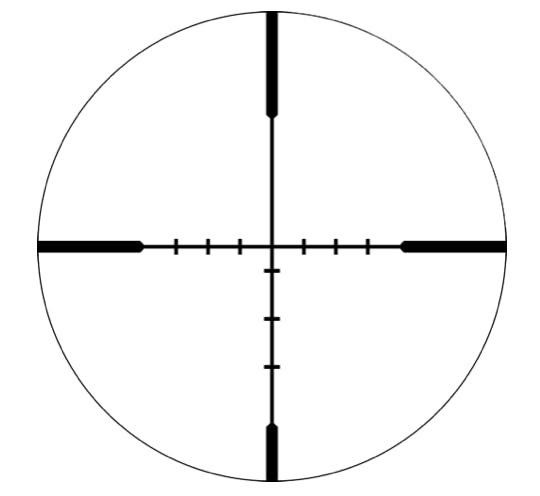
If you use this to focus on a target, you will find that your crosshair will likely be blurry. If you want to hit your target accurately, you’ll want a crystal clear reticle. You can achieve this by looking through the scope at a large neutral coloured object like the sky or a wall. The trick here is that you want your eye only to have one thing to focus on, which is the reticle. The hard part about this is the fact that your eye will very quickly strain to adjust to an out of focus reticle so you will need to look away, relax your eye and look back at the reticle multiple times and adjust the diopter until you are comfortable that your initial quick glance is your eyes natural point of focus.
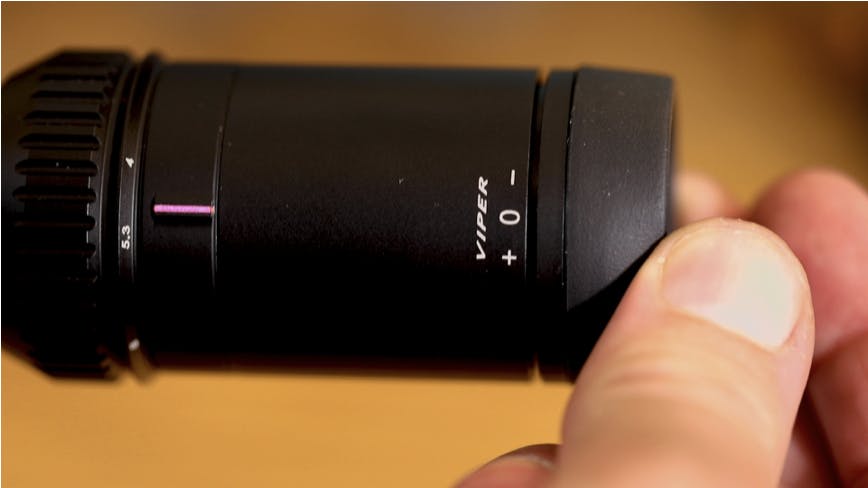
Vortex recommends doing this step with your scope mounted on your rifle so that you can achieve a proper cheek weld and adjust from there, and while this is important, I have put it as step one as it is difficult for many people to walk out in their yard and point a rifle at the sky or wall without raising the concern of neighbours.Doing this as step one will get the diopter adjusted and any further adjustment should be minute and can quickly be achieved at the range when sighting in the gun.
Step Two, Install a Scope Cover:
Alright, I know, this isn’t necessarily a step in mounting a scope per se, but I have found it to be an excellent preventative safety measure. Since the scope is going to be taken on and off and moved about, installing the scope covers will protect the lens in case of accidental dropping, bumping or even just touching with your gun oil covered fingers. Also, installing a scope cover will lock the diopter adjustment in place on some scopes preventing accidental bumping.
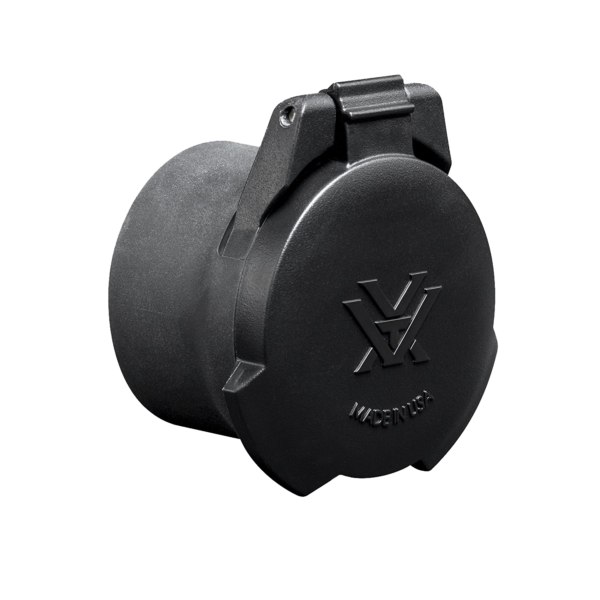
I am partial to flip caps for their ease of use, low profile and the fact that I don’t have to worry about losing them as they don’t come off of the scope. If you are using the bikini style scope cover that many scopes come with, throw an elastic around the scope to retain them so that, when removed they don’t end up in the mud or lost in the snow.
I would suggest spending the money to obtain a quality scope cover that works for you, and if accurately measured and selected, it should offer worry-free operation for many years to come. If you happen to find your scope cap falls off on its own, or is easily bumped, a simple wrap of electricians tape around the scope and then re-installing the cover is a simple trick to provide an extra diameter to ensure a snug fit.
Step Three, Install Rings and Base:
Some rifles have a base already built into the receiver, most will require that you purchase a one or two-piece base and your local gun shop will be able to assist you in the proper selection. When tightening a base to the receiver, make sure to clean the area and apply a very light coating of oil where the base and receiver touch to help prevent rust. Be careful to keep the oil out of the screw holes and off of the screws but rubbing alcohol or a simple degreaser can be used if you do get them oily. Since you won’t be able to access the screws on most bases after the scope is installed, many people will choose to use some blue, medium strength, thread locker to ensure that they don’t come loose over time.
Most manufacturers will provide torque settings that they recommend their screws be tightened to. Gunsmiths have been installing scopes for many years without the aid of a torque wrench, and many still don’t use one. If you don’t have one, snug your screws in tight but be mindful not to apply so much pressure that you strip the screw or, in the case of rings, compress the scope tube to the point of damaging it.
PRO TIP – As a thread locking compound will lubricate the screw prior to setting, Vortex recommends that you decrease the recommended torque settings by up to 60%. For example, if its 18-inch lbs required for the rings you would now tighten to 11-inch lbs.
While an adequately machined single piece base will help ensure that the rings line up as they are intended it is always a good idea to check for alignment by dropping the scope in rings and visually inspecting. There are products you can purchase to accurately check alignment as well as lap or ream the rings if they are out of alignment and brownells.com is a fantastic resource for any tool you could possibly think of requiring for gunsmith work.
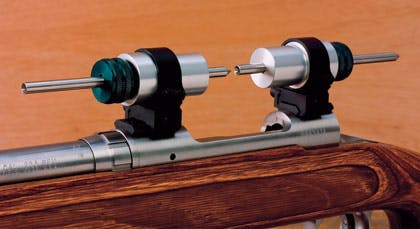
When mounting the rings on the base, make sure to press them forward, towards the muzzle, then tighten them down. This way they won’t have any play to move forward under recoil once the scope is attached.
PRO TIP – Be sure to not swap the tops of the rings with one another. While the tolerates may be very close, the top and bottom of your rings are not designs to be interchangeable.
Step Four, Place the Scope in the Rings:
Place the scope in the rings and then loosely install the tops of the rings so that the scope is secure, but you can still move it front and back and turn it on its axis. When putting the screws in, I find it helpful to turn the screws backwards, or counterclockwise on a standard right-hand thread, until I hear a click, then I tighten down as usual. This is something that I have done for many years to prevent cross-threading successfully.
Some people will put a small amount of rosin, which is mostly powdered pine sap, on the scope rings to provide extra grip on the scope. I have never found the need for rosin, particularly with modern scope rings, but if you choose to do this, I will caution you only to use a very small amount. I have seen scopes dented by the clumps of rosin built up in the scope ring and then tightened down.
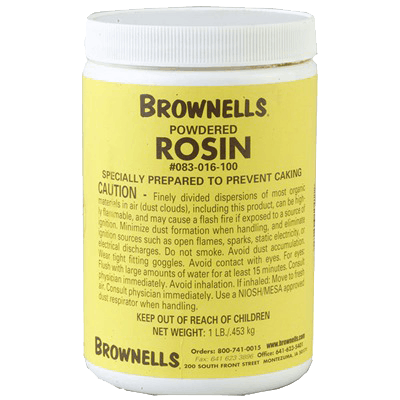
Step Five, Adjust the Eye Relief:
Eye relief is the term used which refers to the distance from the shooter’s eye to the scope. Scopes are designed to have a safe distance from the eyepiece to the shooter’s eye. Otherwise, people would injure themselves under recoil every time they pulled the trigger.
You will know that your eye is the right distance from the scope when you achieve “clear glass,” as illustrated in the picture below.
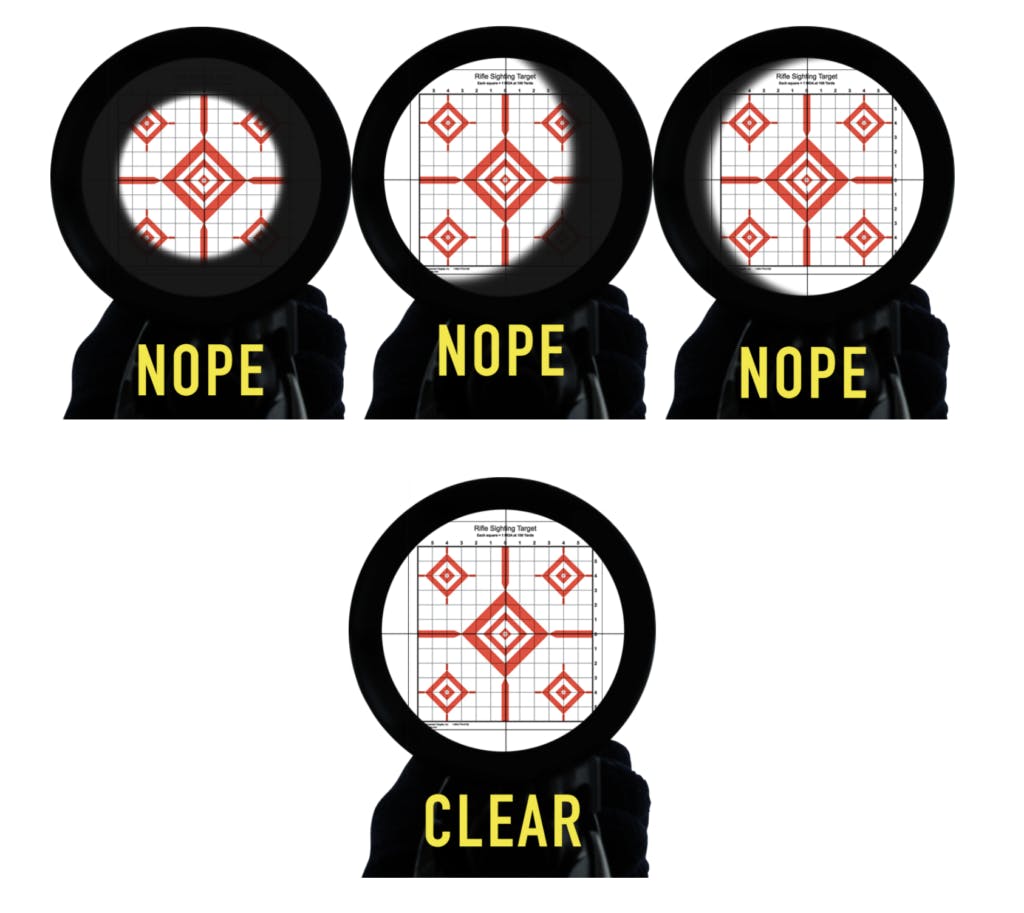
You will want to adjust your eye relief holding the rifle in the position that you will most likely be using during shooting conditions. If you are a long-range precision shooter, likely most of your shooting will be done prone, on your belly. If you are hunting, standing sitting or kneeling would be more likely.
PRO TIP: If you are adjusting eye relief during the summer months for a hunting rifle that will be used during the fall in colder conditions, put on a heavy jacket or something comparable to what you will expect to be wearing, so that you don’t end up with the perfect eye relief only to find that it is now too far away when you are wearing layers.
While you can do this by yourself, it is much easier to have a friend adjust the scope back and forth while you are in your shooting position.
PRO TIP – Once the desired distance from your eye has been found, where you can see clearly through all areas of the scope and there is no shading in the corners, place a piece of masking tape on the scope to mark where that distance is. This will allow you to adjust the scope back to the desired eye relief easily should the scope be bumped or need to be moved.
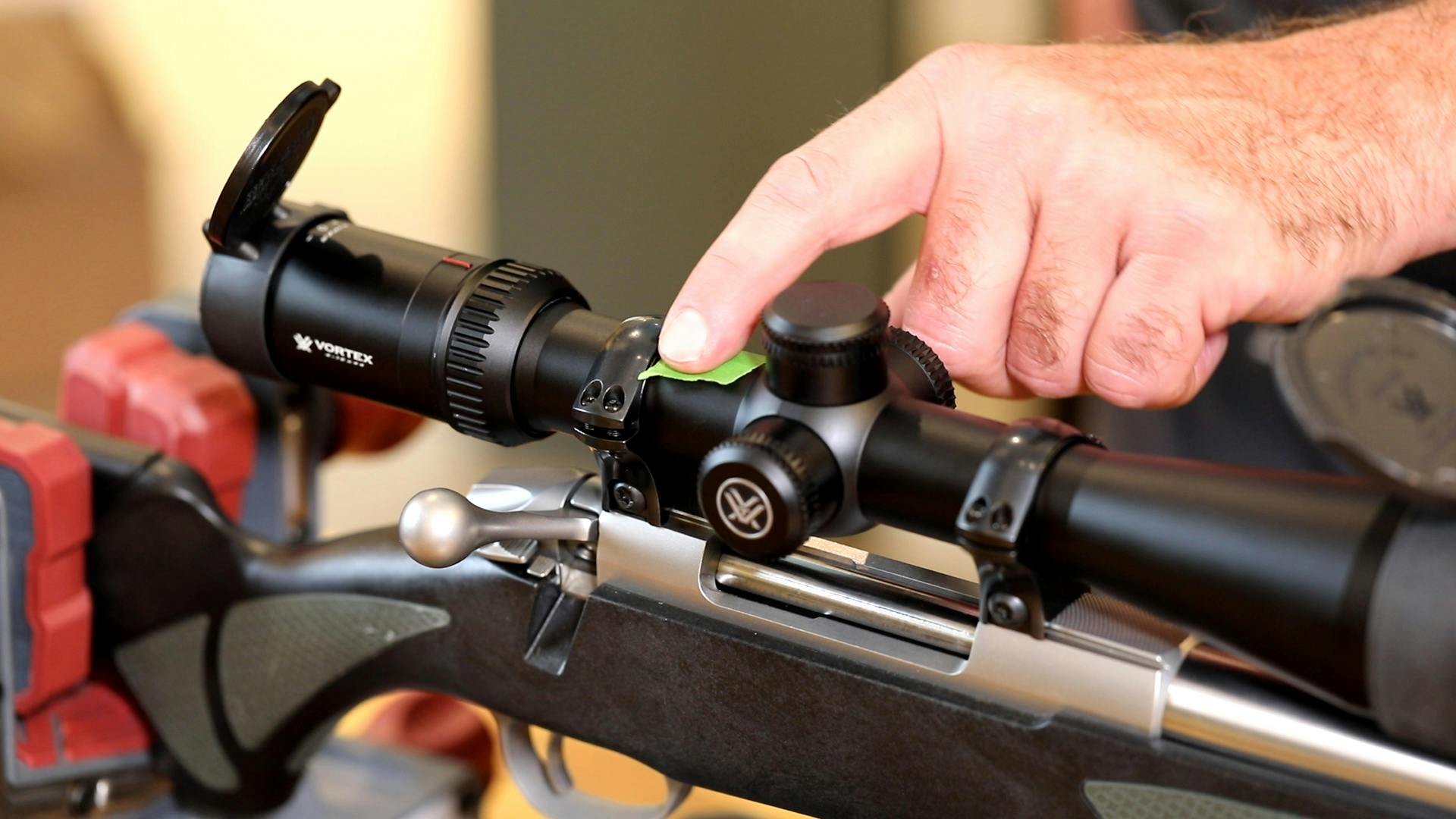
Step Six, Level the Scope:
Levelling the scope is an important step to ensure that when you dial your windage and elevation, the reticle is not being adjusted at a slant which will make it very difficult to dial in a shot at a distance accurately.
To level your scope, several different aftermarket products can simplify the process. In the video attached, you will see that I have first levelled the firearm, using a known flat surface which is the top of the action. Once I am sure that the firearm is level, I install the level indicator on the barrel and dial it until it matches precisely with the level on the action. The key here is to make sure that the firearm itself is level and not just the bubble on the barrel attachment. I have seen people mistakenly skip the first step of levelling off of the action, and jumping straight to installing the level on the round barrel.
The problem with this is that the barrel, being round, could allow you to have your firearm sideways potentially. I exaggerate, and most would spot high deviance, but the bubble on the barrel device showing as level.
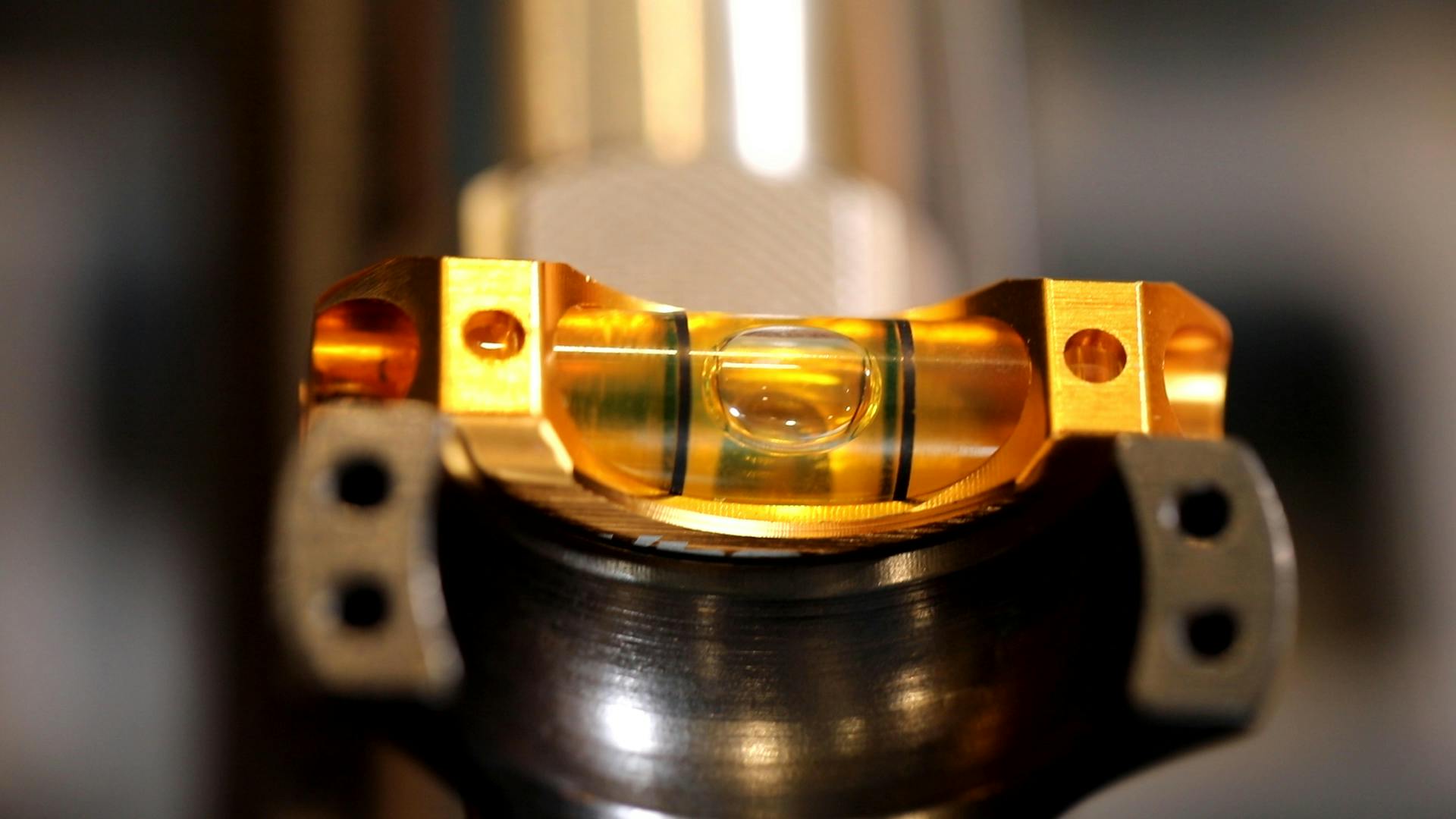
Once the barrel level shows the same as the level on the action, you can reinstall the scope and place a level on the top of the scopes turret cover and turn the scope until that level matches the one, not the barrel. Make sure that the level on the scope is perpendicular to the scope as it will not show as truly level otherwise.
You can then proceed to tighten down your scope rings, doing so in a criss-cross pattern, like tightening the lugs on a car tire and making sure to keep an equal among of gap on either side of the scope rings.
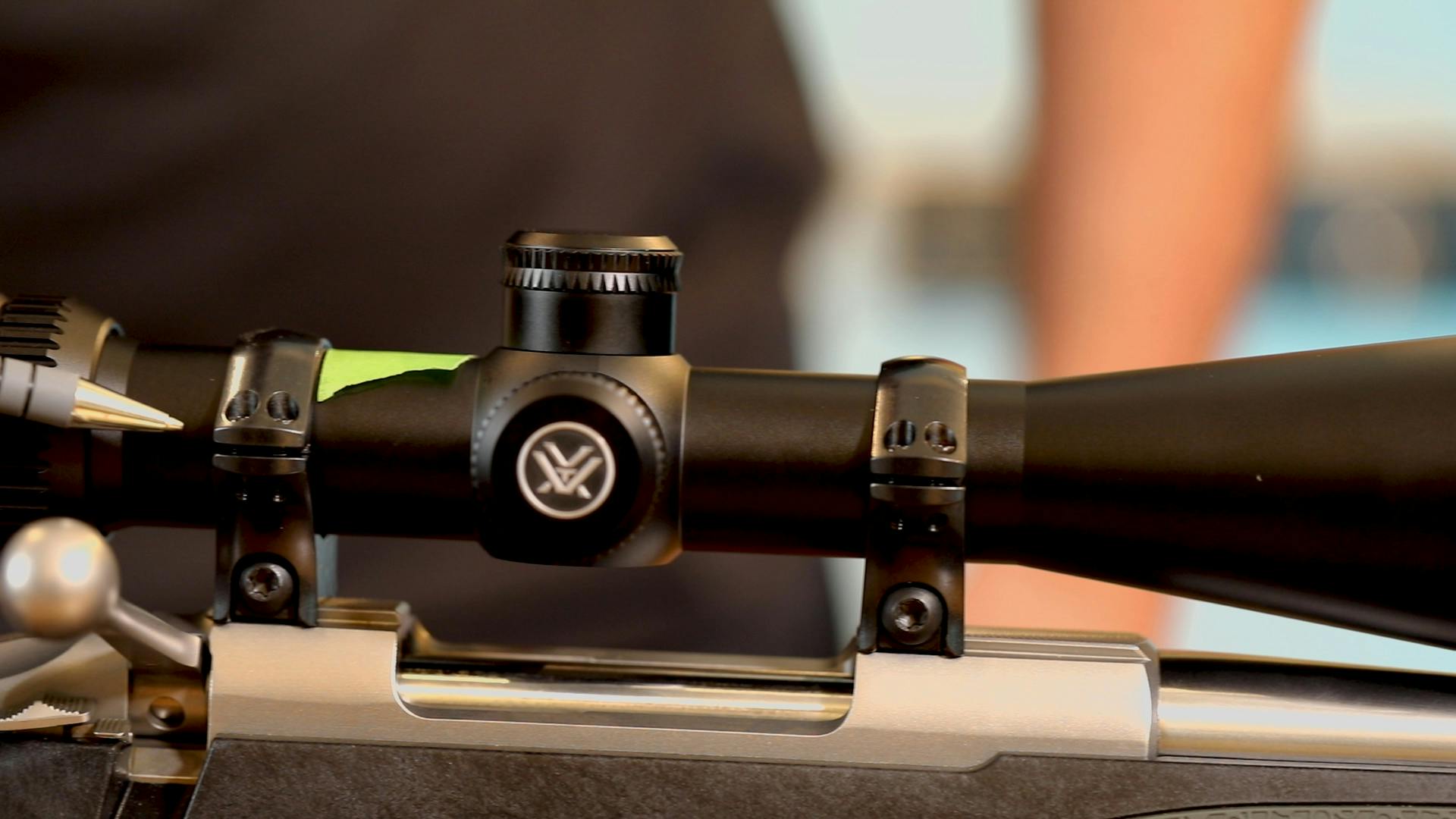

PRO TIP –If you will be using a thread locking compound, you can do so by removing, applying, and reinstalling each screw one at a time observing the recommended torque settingsfor the now lubricated screws.
Step Seven, Boresight:
This is the final step when installing a scope before taking the rifle to the range to sight in. Boresighting is the process of aligning the reticle of the scope with the axis of your bore. This is done to bring the crosshairs as close to alignment with your bore so that you have a far greater chance of being closer to your desired zero, or at least cutting paper.
IMPORTANT – If you do use a commercial boresighter that you insert through the muzzle end, make sure to remove it before shooting your firearm.
While I use a commercial boresighter in the video, you don’t need to provided you can look through the barrel, from back to front, as is the case with most bolt action firearms once the bolt is removed. Then look down the barrel from back to front and make sure that the front of the barrel is centred. Once centred, align with the center of the target. You may find it easier to make sure there is an equal amount of shading around the front of the barrel and then a fair amount of target inside the center of the barrel (see illustration for clarification).
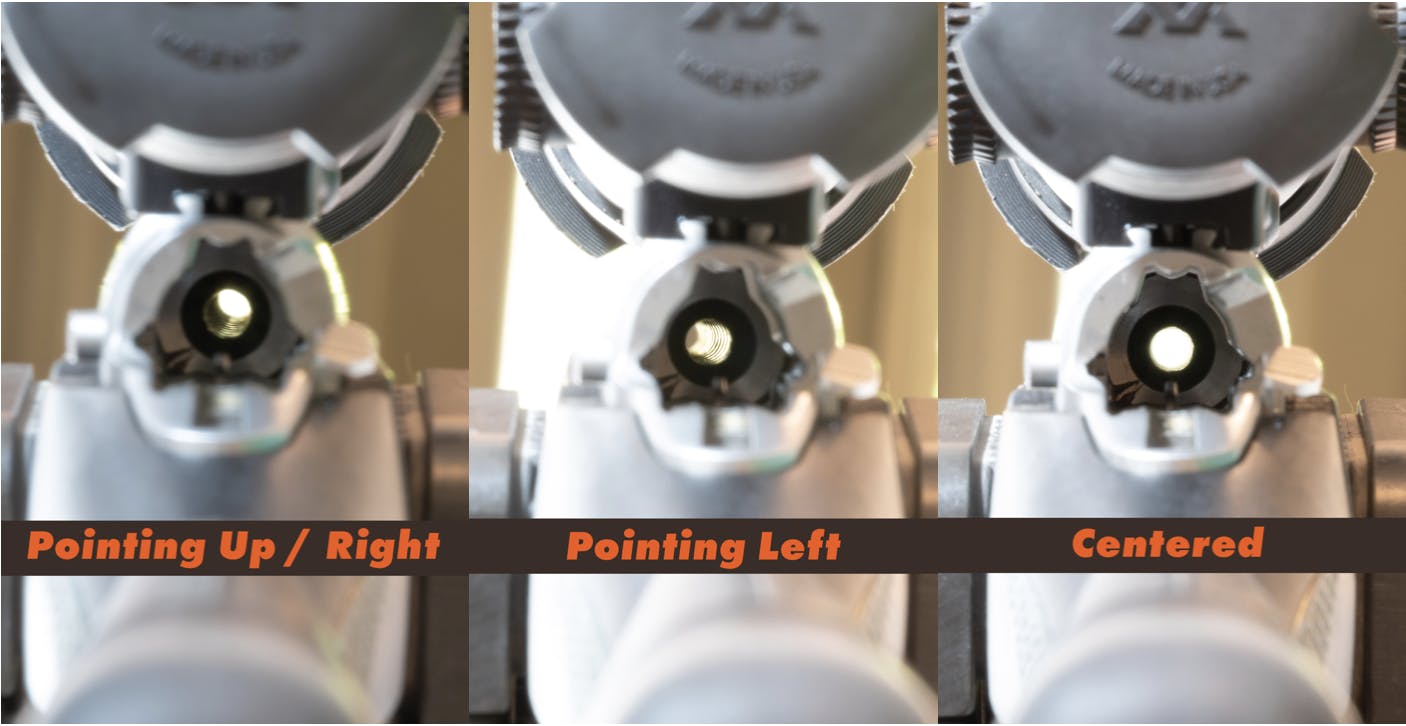
Once your firearm is boresighted, it is time to go to the range and make any final adjustments.
Congratulations, you have now successfully installed a scope!
Travis Bader
Silvercore Inc.

